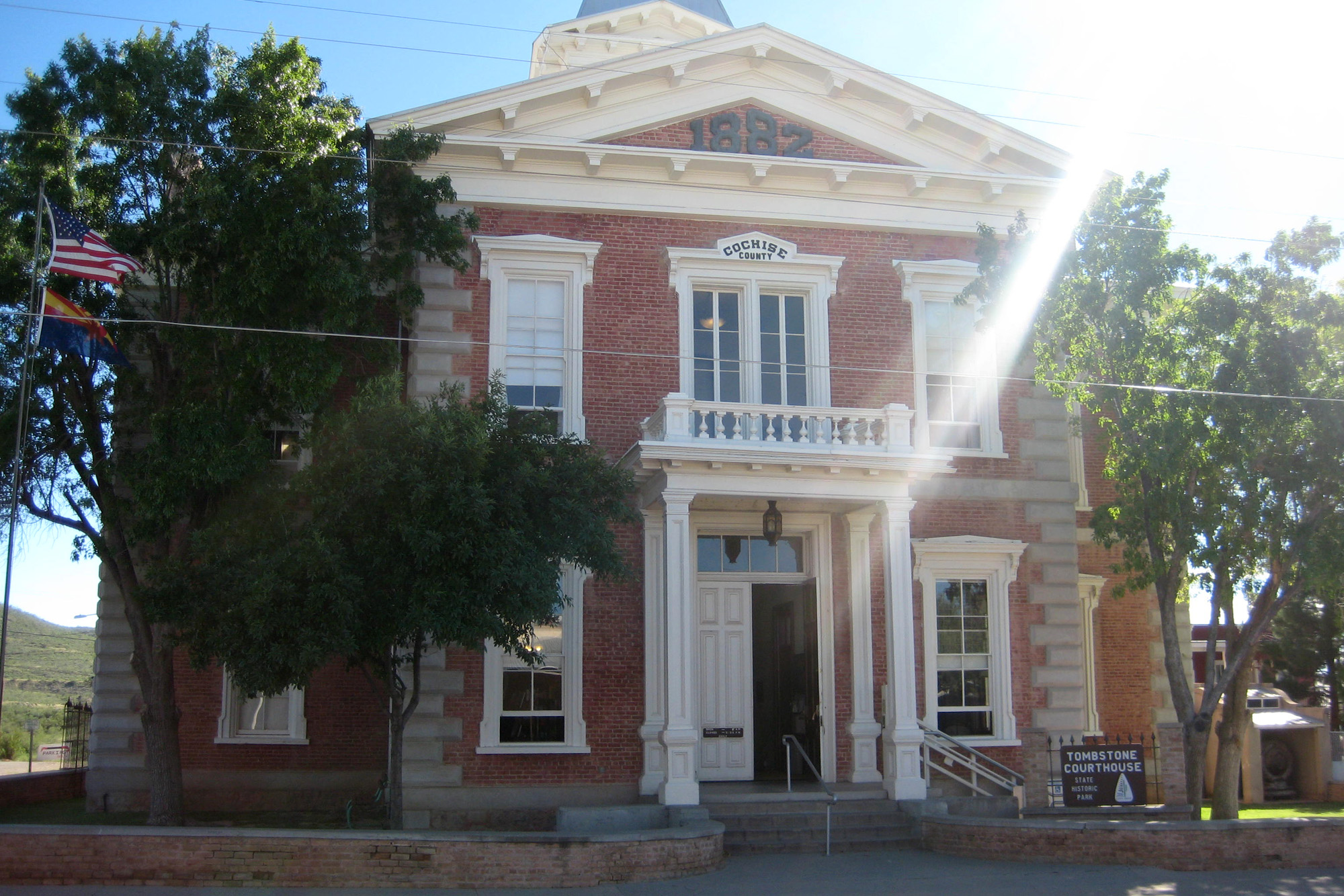[Source: White Mountain Independent]
 The Hopi Tribal Council approved a resolution that will keep the Homolovi Ruins State Historic Park open, allowing safeguards and protection of the cultural and religious site.
The Hopi Tribal Council approved a resolution that will keep the Homolovi Ruins State Historic Park open, allowing safeguards and protection of the cultural and religious site.
Resolution No. H-068-2010, sponsored by Chairman LeRoy N. Shingoitewa and endorsed by Norman Honanie, was passed by the Council on Oct. 19 with a vote of 12-0. With the approved resolution, the Tribe entered into an intergovernmental agreement with the Arizona State Parks Board in an effort to assist with the operation and maintenance of the park -a move that will help preserve it.
The negotiated agreement allows the park to remain open thanks to the Hopi Tribe’s contribution, which will be used to employ park rangers and others working at the park. Funding for the park was designated by the Land Team in accordance with the agreement for the remainder of 2010 and is funded for Fiscal Year 2011. Funding for future years will be subject to the Council’s appropriations of additional funds.
According to the agreement, the park would be open and operated by State Parks for 12 months. There is an option to renew the agreement for two additional one-year periods. The tribe will provide $175,000 to subsidize the park operations and the State Parks will retain fees. The park will be subject to quarterly reviews of its operation by the State Parks and the Hopi Tribe.
Cedric Kuwaninvaya (Sipaulovi), Hopi Council Representative and member of the Hopi Land Team, is thankful for the agreement.
“I am glad the park will reopen and it will be safeguarded and protected,” Kuwaninvaya said. “It is because of the budget deficit, the Homolovi State Park was closed by the state. Hopi became worried that once again, the pot hunters could start desecrating our ancient homelands. Hopi began discussions with state park representatives, the City of Winslow and others to formulate a plan to keep the park open. Thus an agreement was developed and approved. As a result, we will protect and preserve our ancient homelands and share our cultural heritage.”
Earlier this year, the state’s budget deficit threatened funding for 19 of the state’s 28 parks, including Homolovi Ruins State Historic Park. Various entities and municipalities throughout the state began efforts to help fund the operations of state parks across the state. It is estimated that the budget for the state parks was drastically reduced from $28 million a few years ago to $18 million, this was an effort by state lawmakers to tackle the budget deficit.
The re-opening day of the Homolovi Park has not been determined yet, according to Ellen Bilbrey with Arizona State Parks. Bilbrey said some parks are still closed, some are managed by others and some operated in conjunction from others to stay open.





You must be logged in to post a comment.